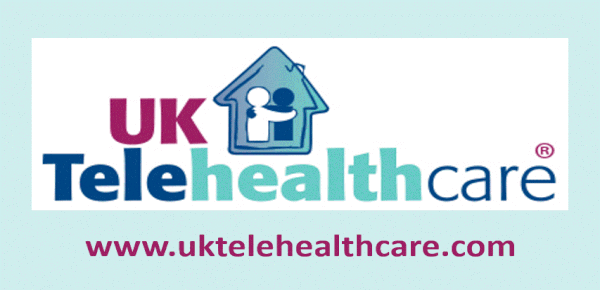[grow_thumb image=”https://telecareaware.com/wp-content/uploads/2017/08/Interpreta-Higi.jpg” thumb_width=”150″ /]Higi (also higi), which has placed health monitoring kiosks in over 11,000 US retail locations and a 5.5 million signup base, and data cruncher Interpreta announced that they are partnering to blend Higi’s vital signs data with Interpreta’s claims, clinical and genomics data analytics. Based on Mobihealthnews’ article and the joint release, an individual’s health information taken at higi retail stations will be “prioritized within Interpreta in real time”. They also claim that for the first time, insurance payers and providers will be able to leverage biometrics data, clinical, claims and additional genomic information a person may obtain from genetic testing services into a ‘personalized care roadmap’ that closes gaps in care. This is positioned as a big advance in population health and it all sounds great.
Perhaps not so great are the details. What about consent and data security? Aside from absolutely no mention of patient consent and HIPAA compliance in the above news, this Editor suspects that past, current and future Higi users may not be made aware that their vital signs data recorded with Higi will be 1) sent into a non-Higi database and 2) integrated with other information that appears in Interpreta’s database. How is this being done? Is consent obtained? What then happens? Is it used on an identified or de-identified basis? Where is it going? Who is doing what with it? Can it be sold, as 23andme’s genomic information is (with consent, but still…)? “Interpreta works in the realm of precision medicine, continuously interpreting and synchronizing clinical and genomics data in real time to create a personalized roadmap to enable the orchestration of timely care.” but they do this for providers and health plans who are then responsible for privacy and data integrity. Consent for Higi to keep a record of your blood pressure when you drop into your local RiteAid or ShopRite is not consent for Interpreta to use or manipulate it. These questions should have been addressed in the release or an accompanying fact sheet. We welcome a response from either Higi or Interpreta.
And one last and exceedingly ‘gimlety’ observation by this Editor: kiosks get hacked, and here we have not a price to a McDonald’s meal but a portal to deep PHI. Here’s a two-part article in an industry publication, Kiosk Marketplace, if you are skeptical. Part 1, Part 2







Most Recent Comments